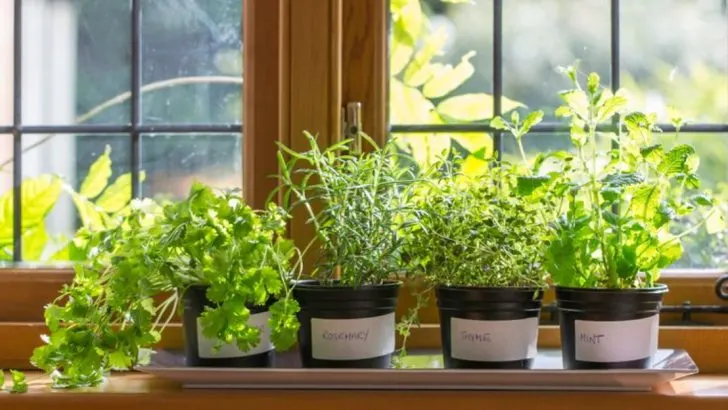There’s nothing like snipping fresh herbs right where you cook. A mini herb garden in your kitchen window brings convenience, flavor, and a touch of green to your daily routine. Even with limited space or light, it’s easy to grow a selection of culinary favorites year-round.
The key is choosing the right herbs and providing them with proper care. From compact basil to hardy thyme and aromatic mint, many herbs thrive in small containers with just a little attention.
In this article, learn how to create a mini herb garden in your kitchen window—and enjoy fresh, homegrown flavors anytime you need them.
Selecting the Right Herbs
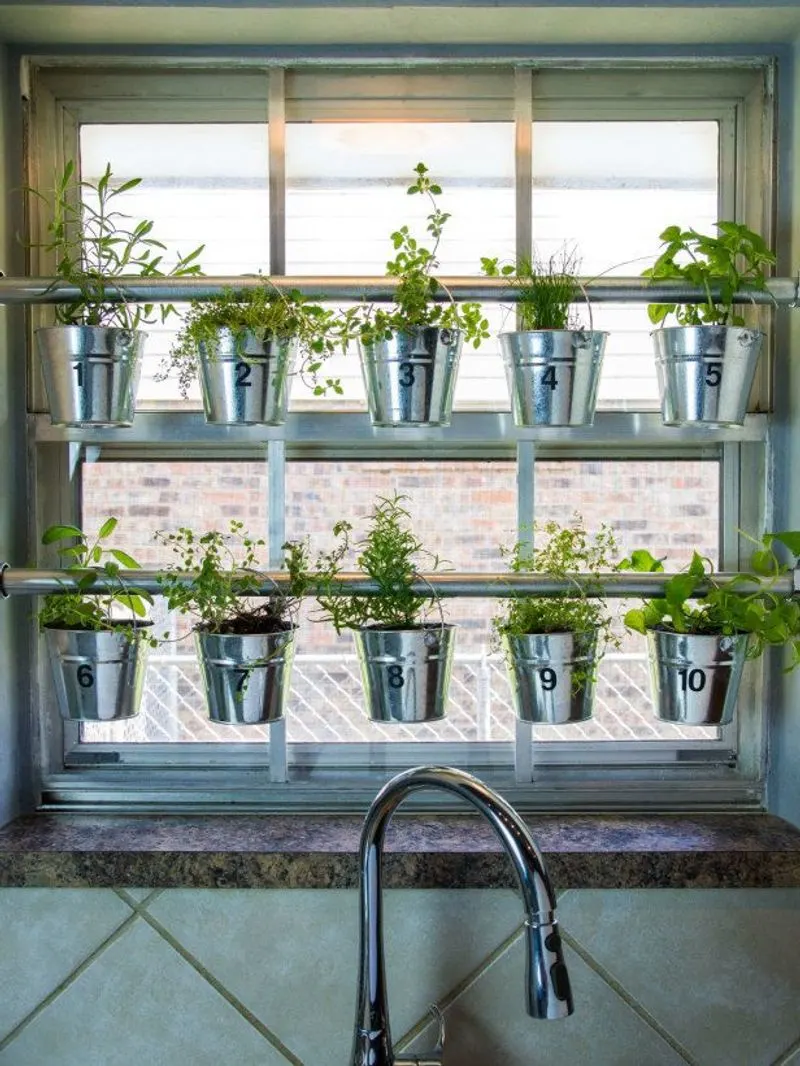
The choice of herbs can make or break your indoor garden’s success. Consider selecting herbs like basil, mint, and rosemary, which are known for their robust growth indoors. These plants not only adapt well to the indoor environment but also offer a versatile range of flavors for your culinary creations. Pay attention to the growth habits and space needs of each herb, ensuring you choose varieties that suit your kitchen setup. Experimenting with different herbs can add a touch of excitement to your gardening routine, allowing you to discover new tastes and aromas.
Choosing the Perfect Containers
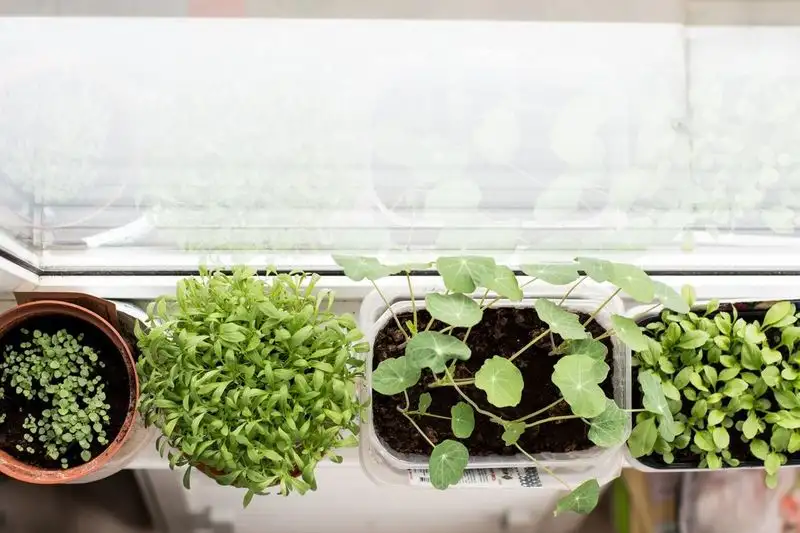
The container choice is vital for a thriving herb garden. Opt for pots with drainage holes to prevent waterlogging, which can harm your plants. Ceramic or clay pots are excellent choices, offering both aesthetic appeal and functionality. Ensure the containers are appropriately sized for the herbs you intend to grow, providing ample space for root development. Incorporating a mix of different container styles can enhance the visual interest of your kitchen space. Remember, the right pot not only supports plant health but also complements your kitchen’s decor.
Understanding Light Needs
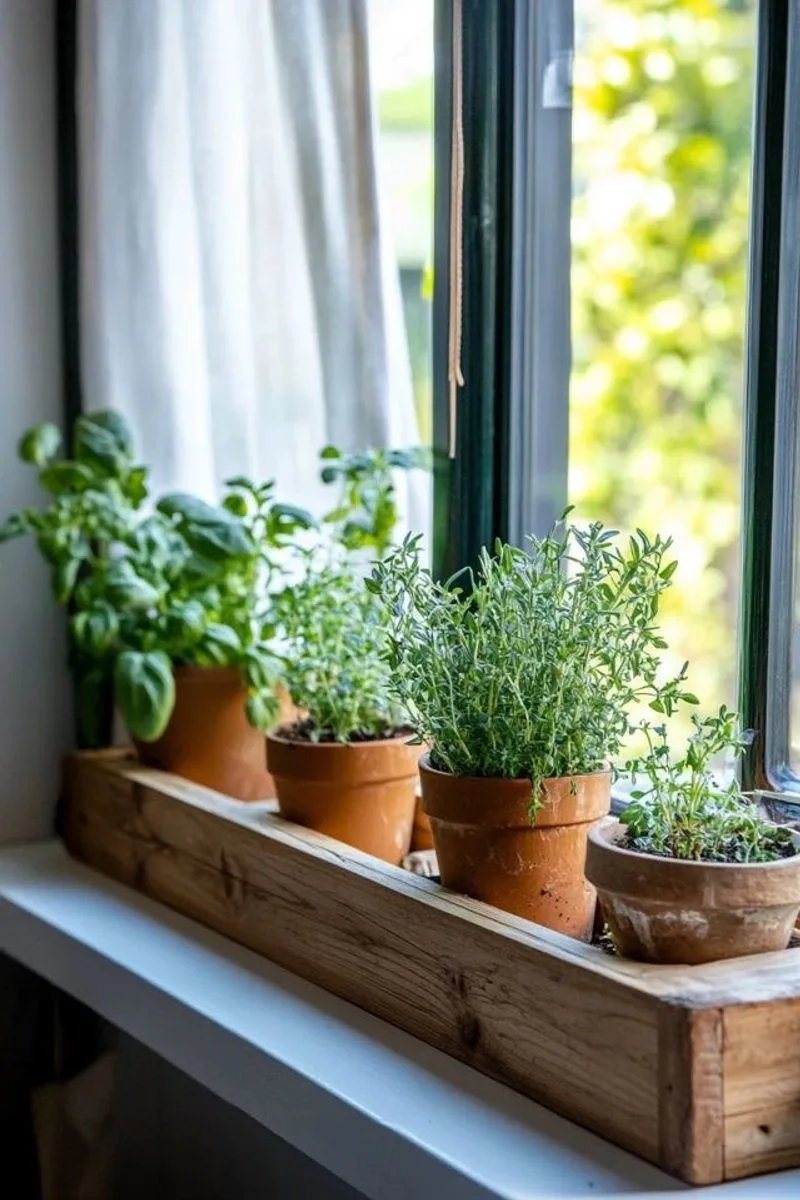
Light is a crucial factor in the health of your herb plants. Most culinary herbs thrive in bright, indirect sunlight. Position your garden in a south or east-facing window where it can receive at least six hours of light daily. If your kitchen lacks natural light, consider using grow lights to supplement. These can mimic natural sunlight, ensuring your herbs receive the energy they need for photosynthesis and growth. Paying attention to light conditions can greatly influence the vibrancy and taste of your herbs, so it’s worth getting right.
Watering Wisely
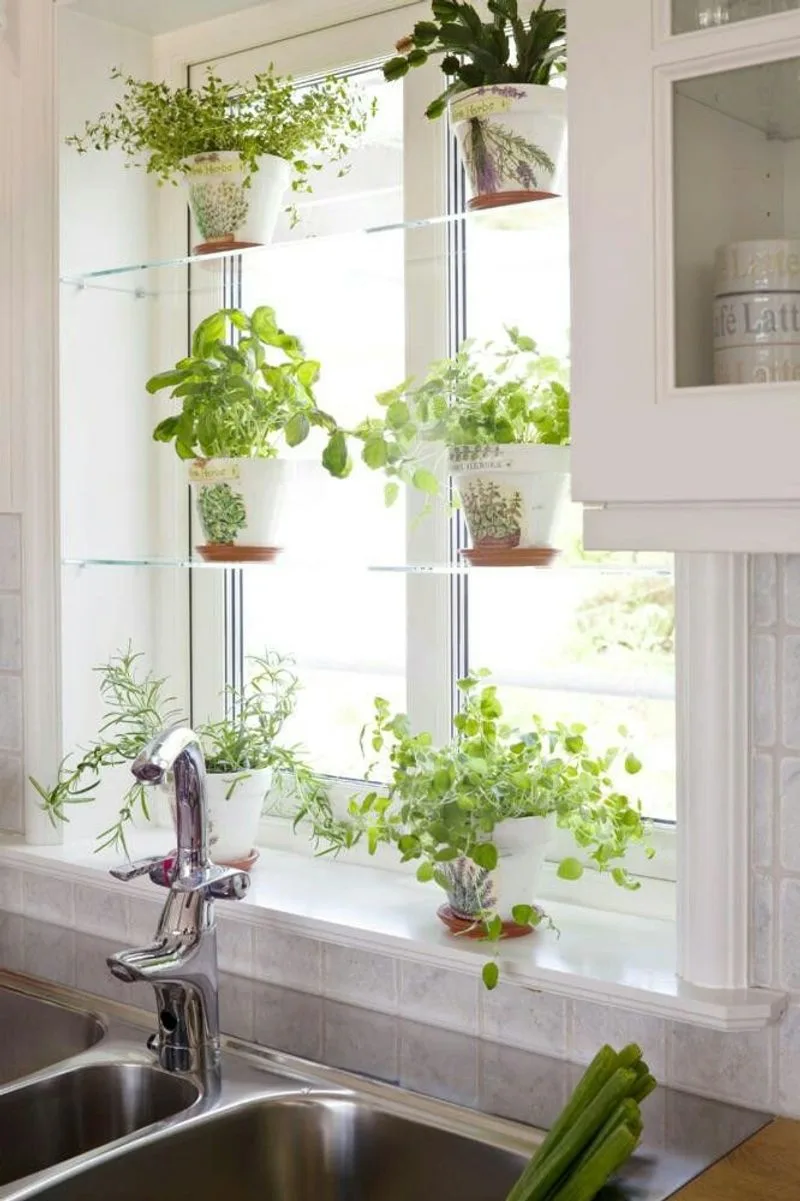
Proper watering is essential for maintaining healthy herbs. Overwatering can lead to root rot, while underwatering may dry them out. Check the soil moisture regularly; it should feel slightly damp, not soggy. A good rule of thumb is to water when the top inch of soil feels dry to the touch. Adjusting for seasonal changes is important, as plants may require different amounts of water depending on the time of year. Monitoring your plant’s response to watering can guide you in making the necessary adjustments for optimal growth.
Fertilizing for Growth
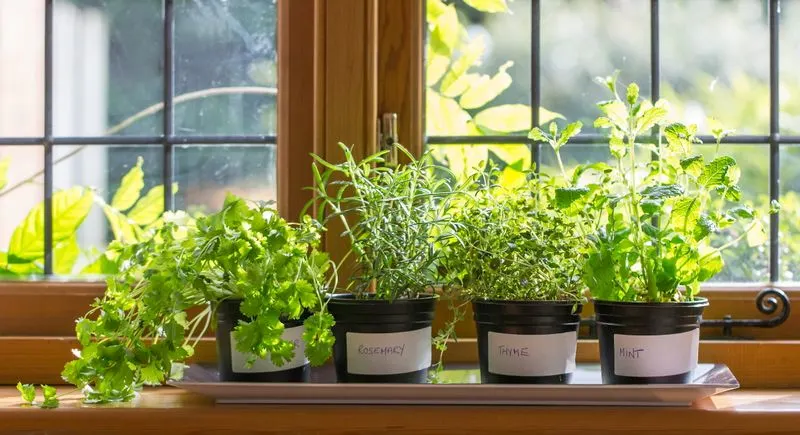
Fertilization is a key component in promoting lush, flavorful herbs. Use a balanced, water-soluble fertilizer every few weeks to provide essential nutrients. Organic options are often preferred for their gentle effects on plants and the environment. Be cautious not to over-fertilize, as this can damage your herbs. Observing your plants will help determine their nutritional needs. Healthy leaves and steady growth are signs of successful fertilization. This routine not only enhances the growth rate but also contributes to the rich taste and aroma of your herbs.
Pruning for Health
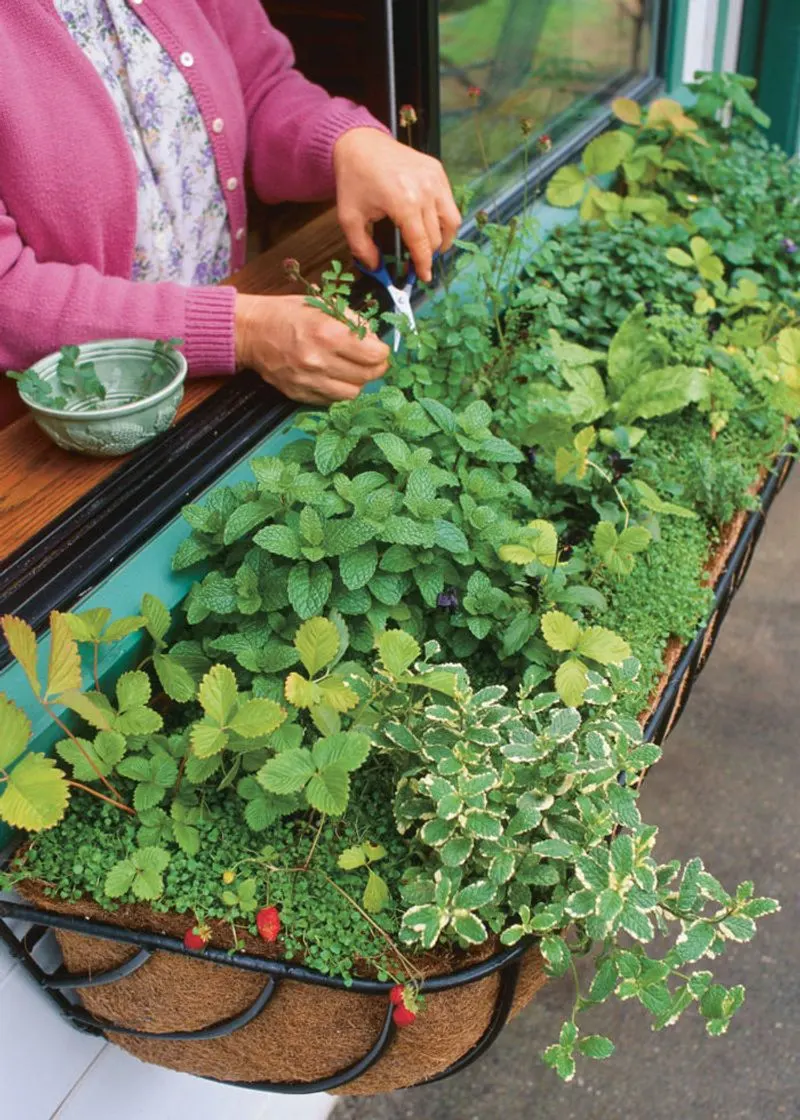
Regular pruning is a practice that benefits your herb garden by promoting bushier growth and preventing legginess. Use clean, sharp scissors to trim off dead or excess stems, encouraging new shoots to develop. Pruning helps direct the plant’s energy towards producing more leaves, which are the primary source of flavor. It also allows you to shape your plants to fit your kitchen space elegantly. Incorporating this practice into your routine ensures a thriving and productive garden, with the added bonus of fresh cuttings for your kitchen experiments.
Managing Pests Naturally
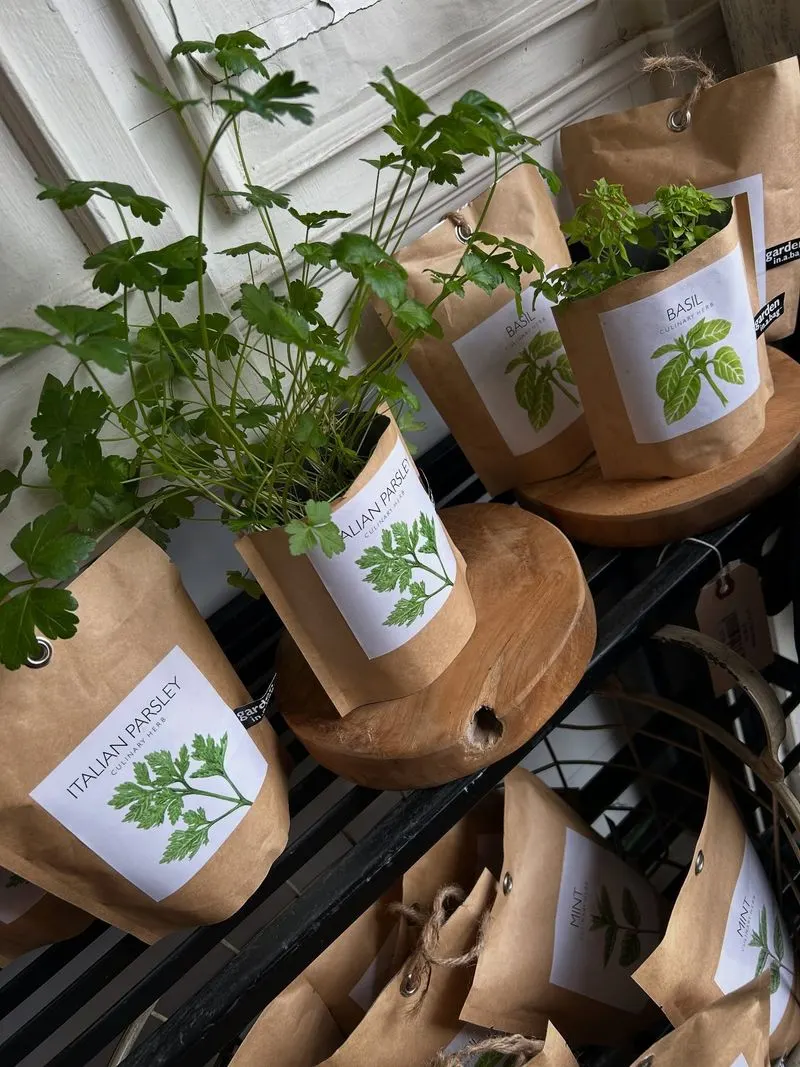
Even indoor gardens can encounter pests. Aphids, spider mites, and whiteflies are common culprits. Using natural solutions like neem oil or insecticidal soap can effectively manage these pests without harmful chemicals. Regularly inspecting your plants for signs of infestation, such as sticky residue or discolored leaves, is crucial. Prompt action can prevent pests from spreading and damaging your herbs. Maintaining a clean growing environment also reduces the likelihood of pest issues, ensuring your garden remains a healthy haven for your culinary creations.

